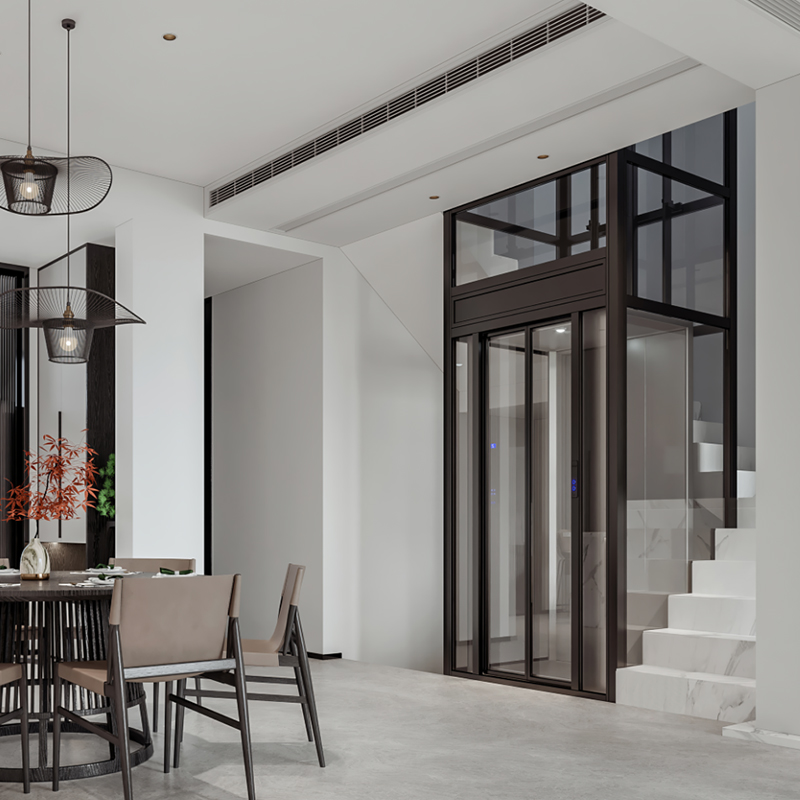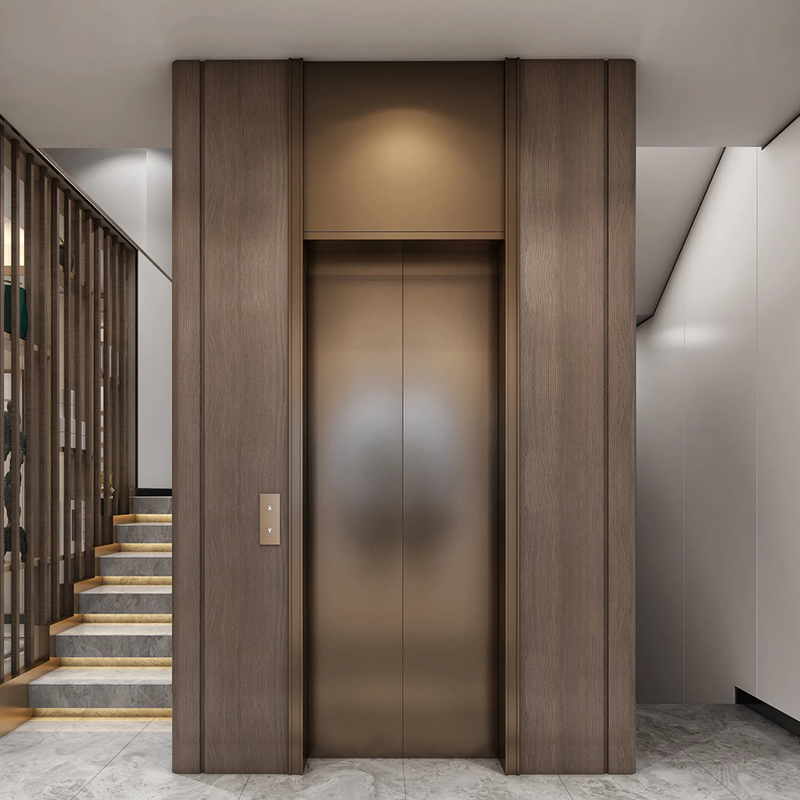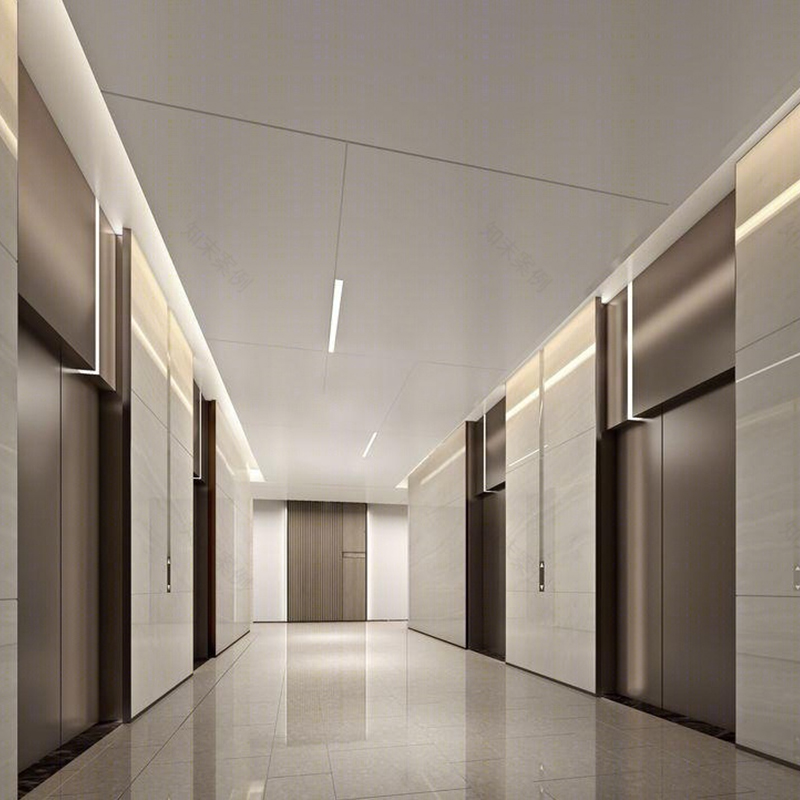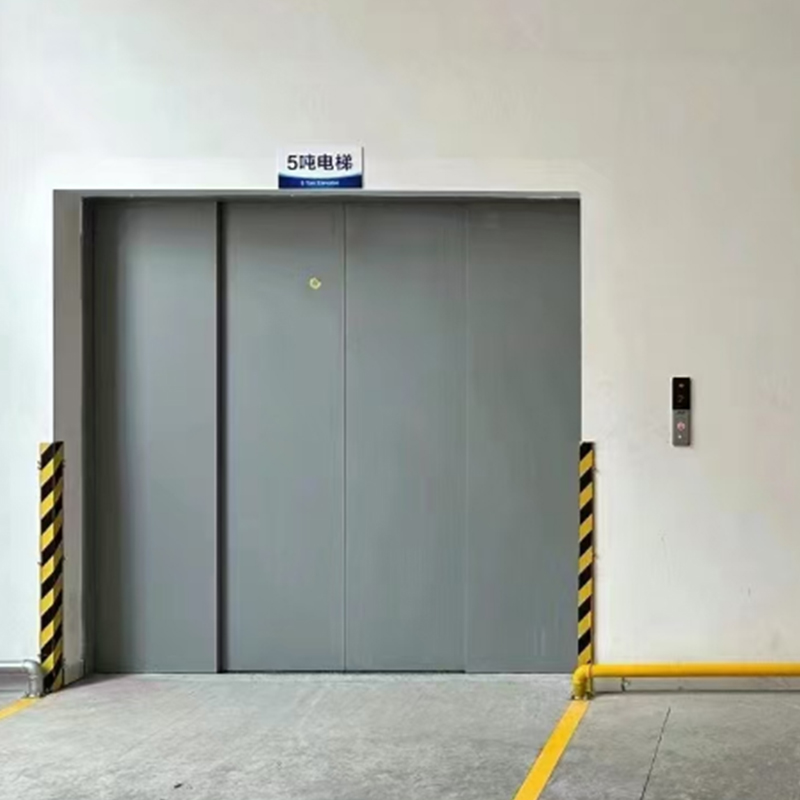
Equipment management of traction platform elevator machine room: the key to ensuring running speed and safety
Posted by Admin | 13 Mar
In modern urban life, as a vertical means of transportation, the safety, comfort and efficiency of elevators are directly related to people's daily travel experience. As one of the many types of elevators, traction platform elevators are widely used in high-rise buildings, shopping malls, hospitals and other places. Their efficient and stable operation is inseparable from the coordinated work of core equipment such as transmission devices, braking systems and control systems in the machine room. This article will deeply explore the impact of these equipment states on the elevator running speed, and how to effectively control the elevator running speed through regular maintenance and reasonable adjustment of working parameters to ensure passenger safety and comfort.
I. Direct correlation between the state of machine room equipment and running speed
1. Transmission device
The transmission device is the power source for the operation of the traction platform elevator, mainly including components such as motors, reducers and traction sheaves. The performance of the motor directly affects the starting acceleration and braking deceleration capabilities of the elevator, while the efficiency and accuracy of the reducer determine the stability and efficiency of power transmission. The friction between the traction sheave and the wire rope is the direct driving force for the traction platform elevator to rise or fall, and its wear degree directly affects the traction force and running stability of the elevator. Therefore, the good condition of the transmission device is the basis for ensuring that the elevator runs smoothly at the preset speed.
2. Braking system
The braking system is the key line of defense for the safety of the traction platform elevator, and is responsible for stopping the elevator quickly and reliably in an emergency. The performance of the brake's friction plate, brake spring, electromagnet and other components is directly related to the generation and release of braking force. If the braking system fails, such as insufficient braking force or braking lag, it may cause the elevator to overspeed or move unexpectedly, seriously threatening the safety of passengers. Therefore, maintaining the good condition of the braking system is crucial to controlling the elevator's running speed.
3. Control system
The control system is the ""brain"" of the elevator, responsible for receiving external instructions, monitoring the elevator status, controlling the motor start and stop and speed regulation. Modern elevators mostly use microprocessor-controlled variable frequency speed regulation technology to adjust the elevator's running speed by precisely controlling the input voltage and frequency of the motor. The stability and accuracy of the control system directly affect the smoothness of the elevator's start, run and stop, as well as the optimization of the speed curve.
2. The importance of regular maintenance and overhaul
Given the direct impact of the status of the machine room equipment on the running speed and safety of the traction platform elevator, it is particularly important to regularly maintain and overhaul these equipment. This includes but is not limited to:
Preventive maintenance: Regularly check the wear of components such as motors, reducers, brakes, etc., replace worn parts in time, and keep the lubrication system clean and effective.
Performance test: Perform brake performance test on the brake system to ensure that the braking force meets the specified requirements; perform software upgrades and parameter verification on the control system to improve control accuracy.
Cleaning and maintenance: Clean dust and debris in the machine room to prevent electrical components from getting damp or short-circuited; check the tightness of cables and terminal blocks to prevent loosening and failure.
3. Reasonable setting and adjustment of working parameters
In addition to regular maintenance, reasonable setting and adjustment of equipment working parameters are also the key to controlling the speed of the elevator. This involves:
Speed curve optimization: According to the use environment and passenger needs of the elevator, by adjusting the control system parameters, optimize the speed curve of the elevator's acceleration, uniform speed and deceleration stages to improve riding comfort.
Overload protection: Reasonably set the load limit of the elevator, and automatically decelerate or stop when it exceeds the set value to avoid safety hazards caused by overload operation.
Energy saving mode: Enable energy saving mode during off-peak hours to reduce energy consumption by reducing the running speed or reducing the number of starts, while ensuring basic operating needs.
The status of the transmission device, brake system and control system in the elevator room of the traction platform has a direct and far-reaching impact on the operating speed. By implementing regular maintenance, reasonably setting and adjusting working parameters, we can not only effectively control the operating speed of the elevator, but also significantly improve the safety of the elevator and the riding experience of passengers. While pursuing efficiency and convenience, we cannot ignore the careful management of elevator equipment to ensure that this important facility of modern urban life always serves every passenger safely and reliably.
-
 Founding Road, Qidu Linhu Economic Zone, Wujiang City, Jiangsu Province, China
Founding Road, Qidu Linhu Economic Zone, Wujiang City, Jiangsu Province, China
-
 [email protected]
[email protected]
-
 +86 17701557926/+86 0512-63818375
+86 17701557926/+86 0512-63818375


 En
En English
English русский
русский Español
Español عربى
عربى





